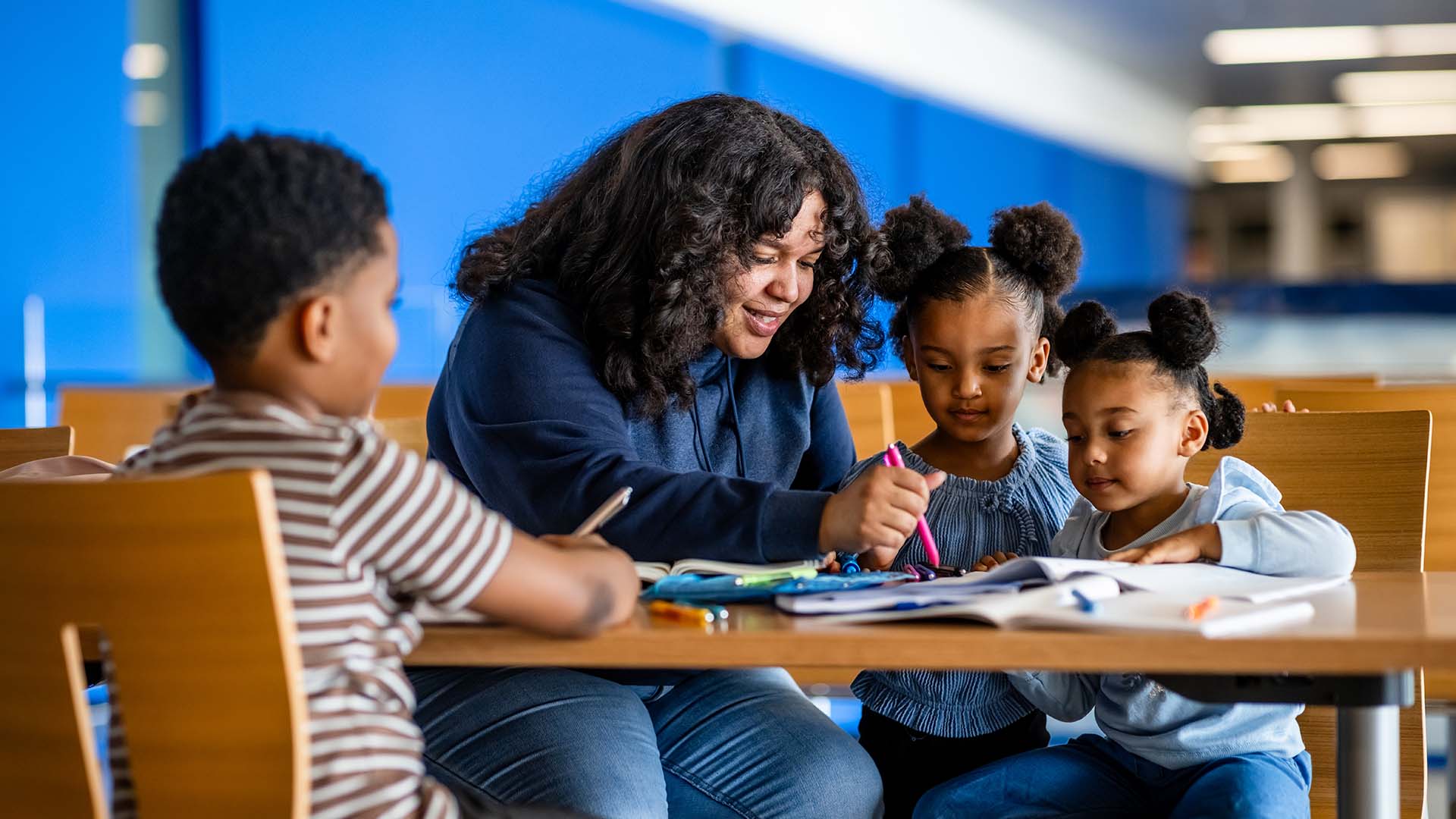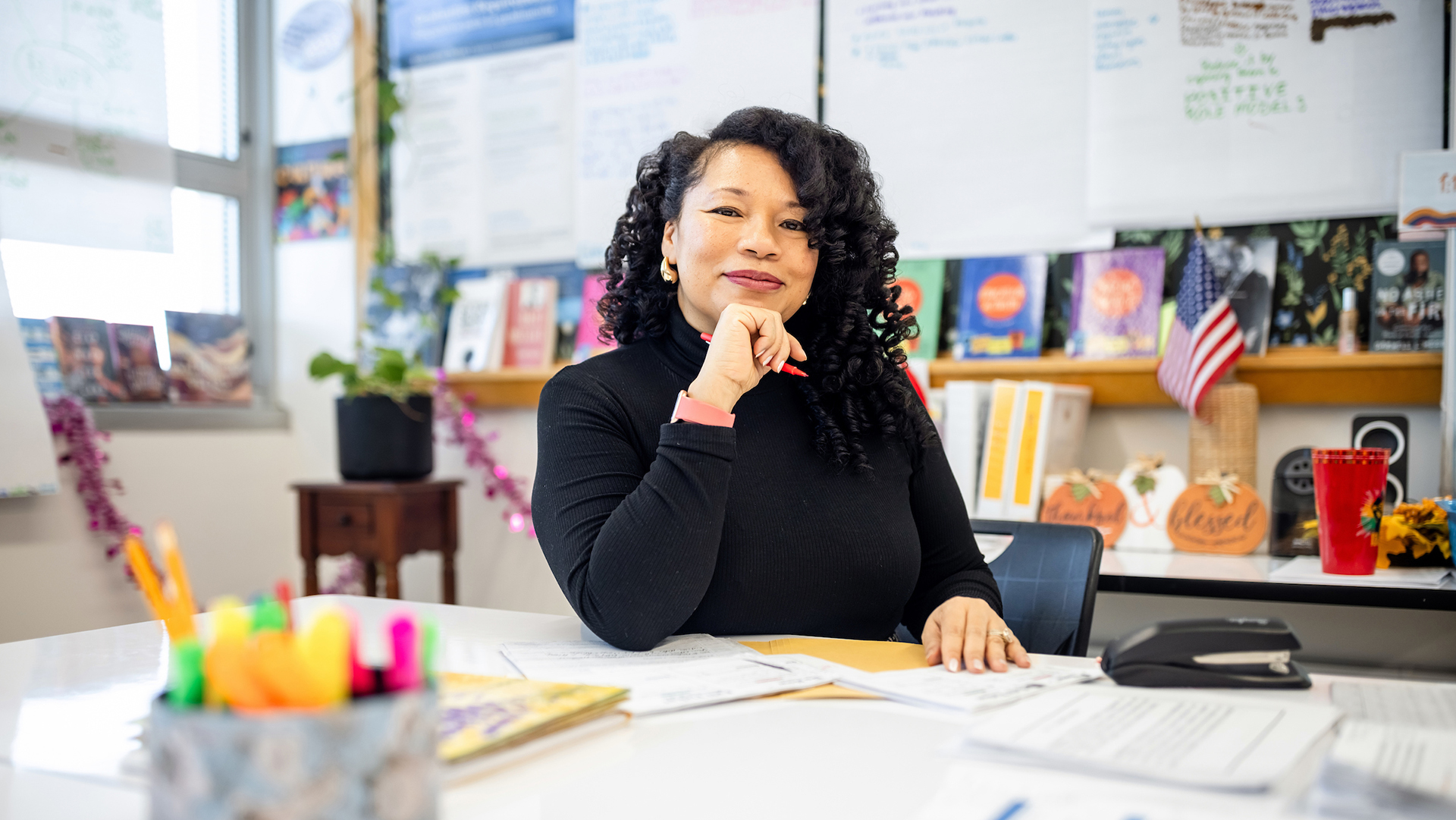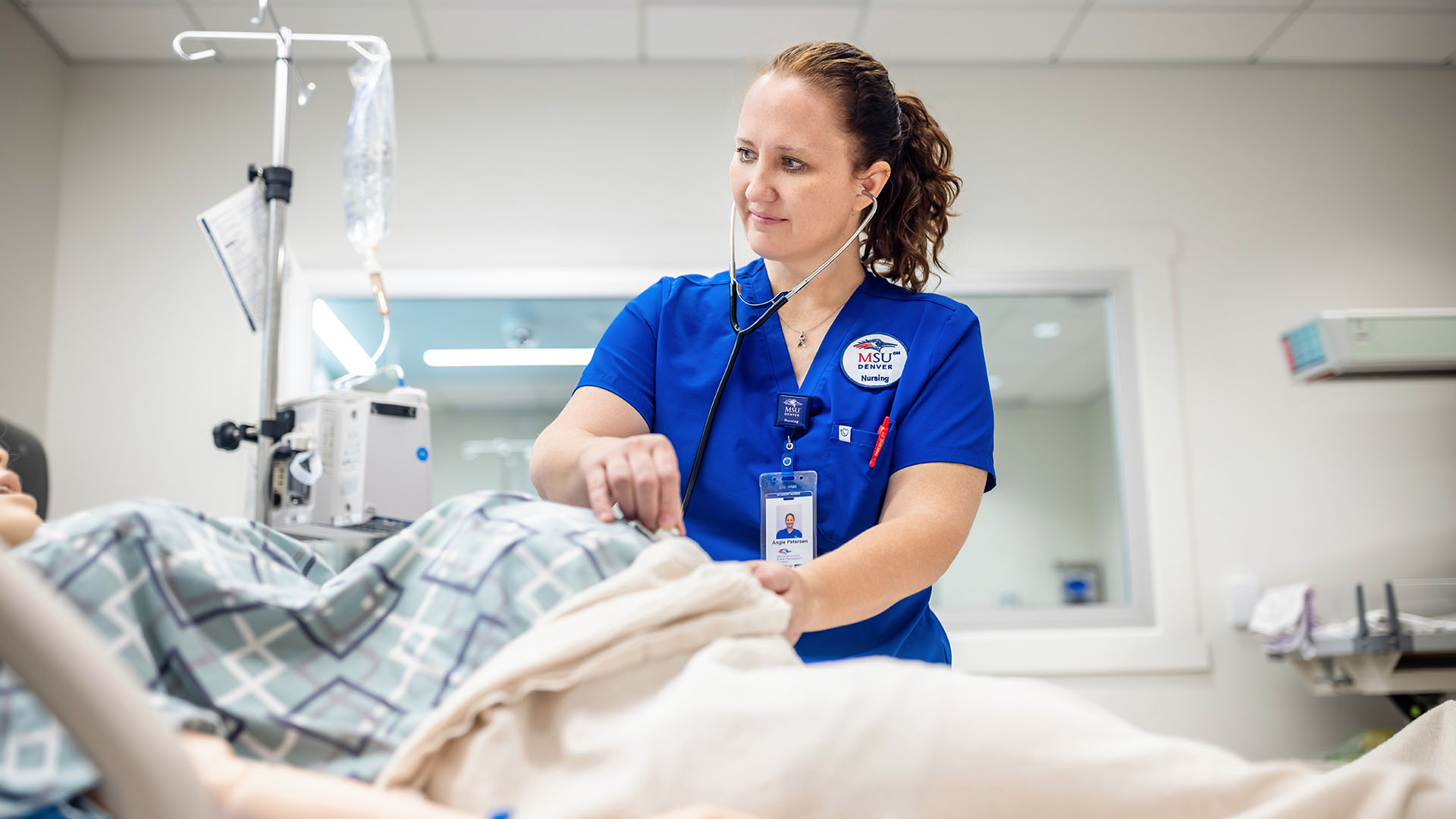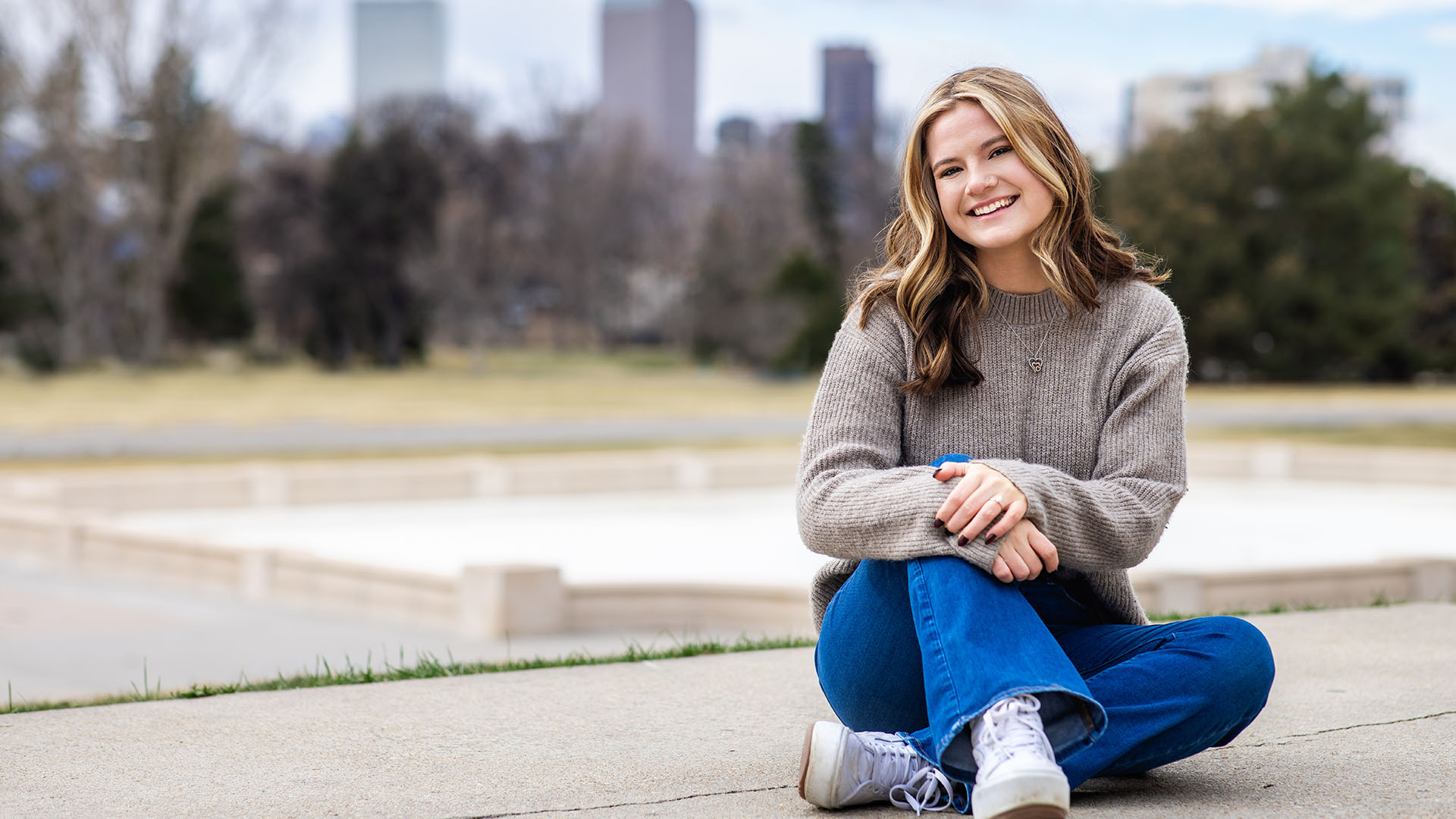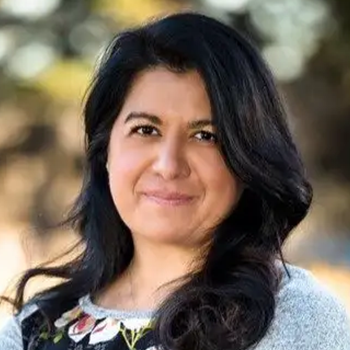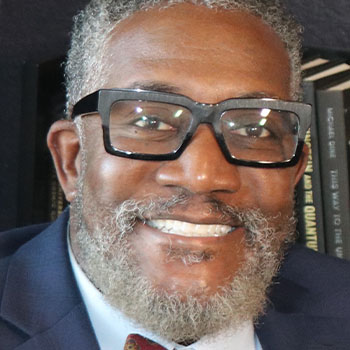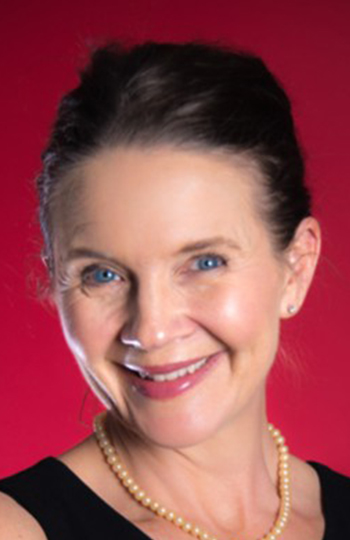Changing lives one page at a time
Denver Public Schools' Janet Damon has made it her mission to bring access to books to underserved children and communities.
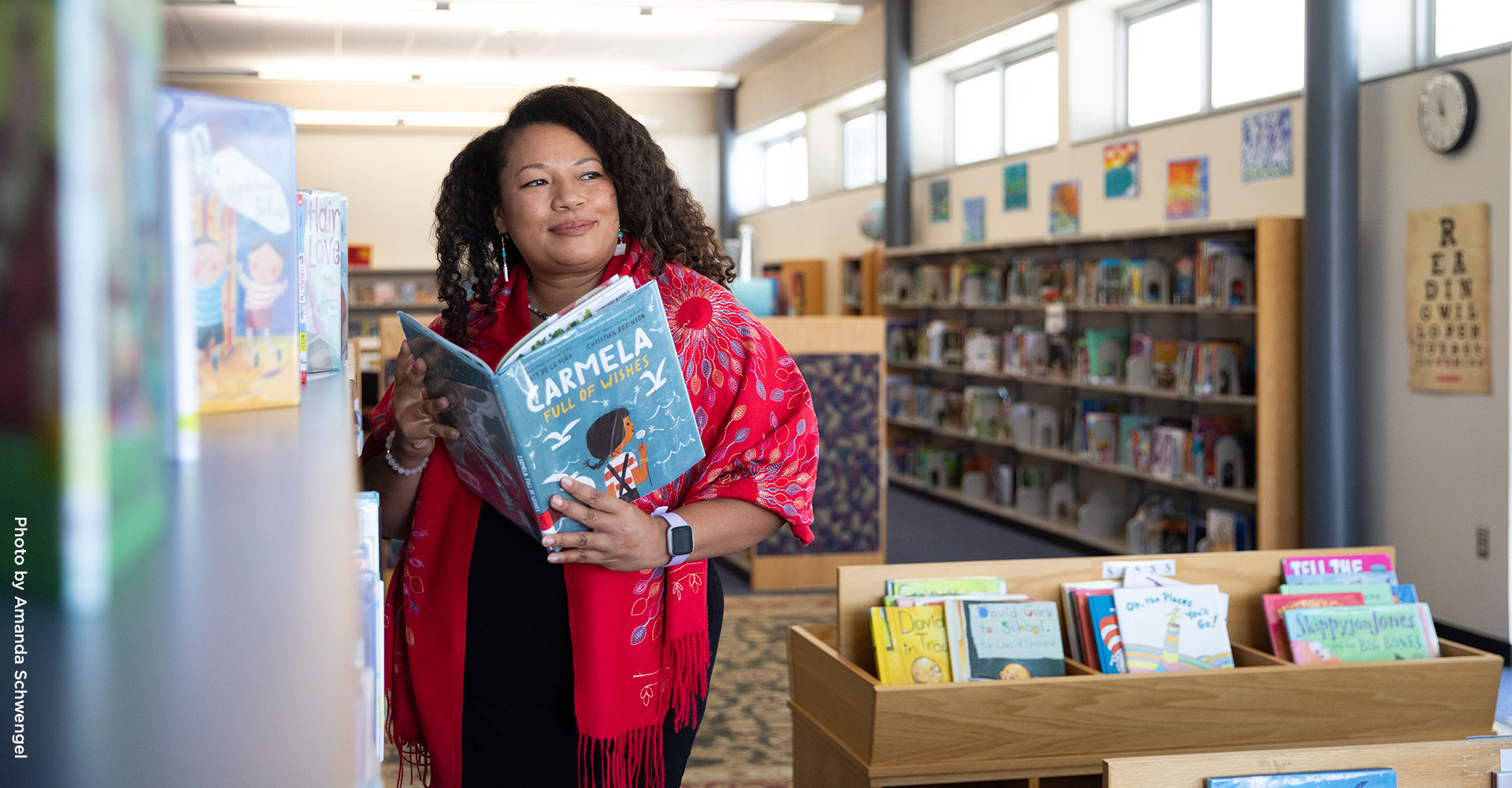
Do you think of libraries as quiet, sterile museums for ancient texts? Janet Damon says think again. As a library-services specialist for Denver Public Schools, the 2000 Metropolitan State University of Denver graduate strives for students to see libraries as active vehicles for changing lives.
RED spoke with Damon about how DPS curates culturally responsive reading collections for the 92,000 students — 75% of whom are people of color — in the state’s largest school district and what she’s doing to stamp out book deserts.
What does “culturally responsive” mean in relation to books or curriculum?
Janet Damon: A key focus area in schools right now is culturally responsive curriculum, or curriculum that honors the identity of our students and allows for them to have a higher level of engagement.
Our district tracks which students have lower engagement with schools, and one reason students say they’re not engaged is “I don’t see myself.” We want to increase how students see themselves related in the curriculum.
DPS has one of the premier school libraries in the nation that is culturally responsive, curated around identity and affirming student experiences. Our Collection Development team of Suzi Tonini, Lori Micho, Amanda Samland and Terri Faulkner curates collections that are really timely, so we have an anti-racist student collection, a collection of historical texts that share the stories of all ethnicities. We constantly have an ear toward what can help people find the highest-reviewed and -regarded text in a topic area. If we can center the community that has not been able to see themselves represented well during story times and in books and in activities, we can create so many incredible experiences that are lifelong in terms of the relationship with reading.
How has technology helped bring access to books to underserved communities?
Damon: Last school year, DPS circulated over a million resources in our e-book collection, which is phenomenal because students can access e-books and audiobooks via their phones or the Chromebooks that have been sent out. During the summer, when we usually see a real drop in usage, there was still a lot of circulation, and we had our highest-ever August circulation in 2020. But we still see this incredible need to make sure that students have access to print books as well. With so much remote learning this year, we’ve seen this light shine on the fact that not everyone has internet access at home or Wi-Fi hotspots near them.

What does your group Afros and Books do?
Damon: There are four of us, all librarians around Denver, who came together to have a conversation about how to uplift and amplify African American authors and books that have central characters that are diverse and have identities that we can affirm. We curate lists, do professional development and do workshops with families. We’ve partnered with the Black Child Development Institute, Project Proud Fatherhood, African dance troupes and other organizations to provide culturally affirming activities for kids. Our intention is to make libraries a source of strength in our communities and help kids develop lifelong relationships with books and reading.
How important is it for people to read outside of a school setting?
Damon: If a student has at least 80 books in their home, we can see a strong correlation to their literacy attainment. We know that people who are lifelong readers – who read for pleasure or to get more access to information – can have the same knowledge as someone who graduates with a bachelor’s degree but never reads for pleasure.

